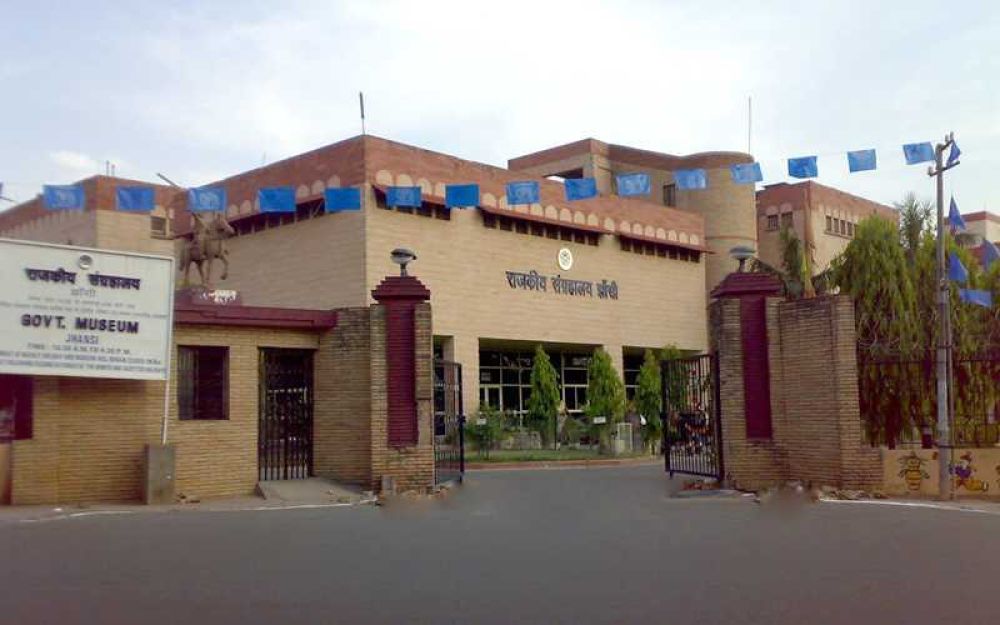

The city of Jhansi, prominently known for its significant role in the Indian Rebellion of 1857, has long been a hub for historical tourism. The presence of the Government Museum Jhansi, also referred to as Shatabdi Smarak, has added to this rich tapestry of cultural exploration. Established in 1878, this museum has served as a custodian of the region's history, artefacts, and heritage.
Initially, this museum was set up with the intent to preserve the history of the Bundelkhand region and to commemorate the heroes of the Indian Rebellion of 1857, among whom Rani Lakshmibai of Jhansi is the most celebrated. Over the years, the Government Museum has been a steady draw for tourists interested in the colonial and pre-colonial history of India.
The tourism history of the museum is closely tied with the patriotic sentiment and academic interest that the region's history stirs among visitors. With its diverse collection of sculptures, paintings, weapons, and manuscripts, the museum serves as a key educational site, drawing in history buffs, school excursions, and international tourists.
In recent years, tourism in Jhansi, particularly at the Government Museum, has evolved to keep up with changing trends and visitor expectations. Here are some of the latest trends observed:
The Government Museum Jhansi employs innovative approaches to exhibit its collections, utilizing both the latest technology and traditional storytelling techniques to keep the narrative fresh and engaging for contemporary audiences. This blend of old and new helps in promoting cultural heritage tourism, not only in Jhansi but also setting a benchmark for museums across the country.
When planning a visit to the Government Museum Jhansi, tourists can expect to explore a plethora of historical artefacts spread across several galleries. The museum's architecture itself is a tribute to the region's history, complementing the fascinating relics housed within. Accessibility has been improved over the years, with more information available online and in multiple languages to cater to a diverse visitor base. The museum has positioned itself as an integral part of the journey through India's resilient and triumphant past, thus remaining a favorite for those who seek to unravel the stories behind India's struggle for freedom.